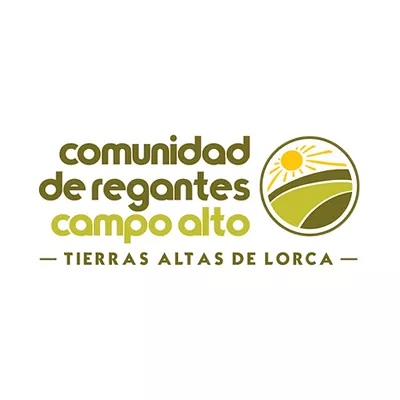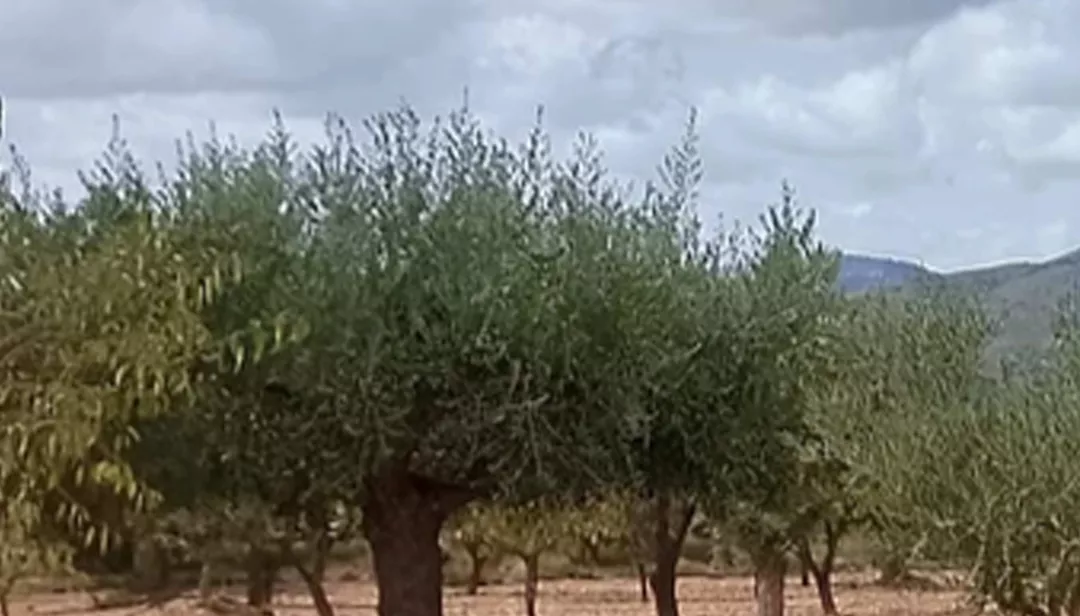General information
RDP Priority
- P5. Resource efficiency and climate
RDP Focus Area
- 5A: Water use efficiency
RDP Measure
- M04: Investments in physical assets
Summary
The Campo Alto de Lorca irrigation community, in the district of La Paca (Lorca), Murcia, used CAP support to realise a series of investments which allowed them to increase water provision by 100 000 m3/year in an area of 435 hectares of irrigated land. The financing covered catchment works at the Turrilla River Wastewater Treatment Plant (WWTP), the construction of a 5 859 m3 reception and regulation reservoir, the installation of a pumping station powered by photovoltaic solar energy, and the installation of a 2.4-kilometre impulsion pipeline to transport the reclaimed water to the irrigation community’s main reservoir.
Results
- The investments made it possible to increase and secure the availability of water to the Campo Alto de Lorca irrigation community.
- The inclusion of the reclaimed water has improved the agronomic quality of the irrigation water by diluting the salinity of the groundwater that the farmers were otherwise using.
- The overall added stability created by this investment project has been a catalyst for new economic activity and development confidence in the local area.

Promoter
Campo Alto de Lorca Irrigation Community (Murcia)
Funding
RDP budget 344 220.83 (EUR)
EAFRD 216 859.12 (EUR)
National/Regional 127 361.71 (EUR)
Ressourcen
Documents
Investments for increasing the availability of reclaimed wastewater by the Campo Alto de Lorca irrigation community
(PDF – 1.71 MB)
Links
Context
Since 2005, the Campo Alto de Lorca irrigation community had been reclaiming wastewater through the La Paca Wastewater Treatment Plant (WWPT), with a maximum annual volume of 60 155 m3/year. When La Paca WWTP closed in 2014, it was replaced by the Turrilla River WWTP, which is some two kilometres away and has a larger capacity because it is designed to serve all 9 000 inhabitants of the "highlands of Lorca". Being unable to reclaim wastewater as they did before, the Campo Alto de Lorca irrigation community’s small territory of approximately 900 hectares of irrigated land (two hectares per member) must manage its limited water resources (high-salinity groundwater over 4 g/l) with great care.
Their main agricultural activity is the production and sale of fresh rosemary (which has a very low economic yield per hectare), along with thyme and other aromatic plants which have a well-established market, both nationally and internationally. However, faced with high production costs (especially energy), a small population, and the scarcity of water resources, there was a real possibility that the irrigation community would be forced to close.
Things began to change in 2017 thanks to a CAP-funded project constructing a regulation reservoir for irrigation control. This was followed in 2020 by a new project that would allow the more than 400 farmers in the territory to get more out of their farms, and lower their costs, using solar energy.
Objectives
The aim of this project was to make a better use of water resources by improving the capacity of the Campo Alto de Lorca irrigation community. Energy costs have been reduced thanks to the installation of solar-powered pumps, and this helps mitigate climate change by reducing the emission of greenhouse gases.
Activities
The following actions / activities were carried out within the framework of the project:
- Construction of a water a reservoir with a capacity of 5 000 m3 in the Turrilla River WWTP.
- Construction of a regulating reservoir, which regulates the volumes of reclaimed water from the Turrilla river WWTP using pumps operated by solar energy, which feeds into an existing regulating reservoir with a capacity of 105 000 m3.
- Setup of a pumping station consisting of two 15- and 22-kW power pumps, powered by photovoltaic solar energy, that can raise an annual volume of 100 000 m3 up slopes of 80 metres.
- Installation of a 2.4-kilometre, 200-millimetre diameter impulsion pipeline to transfer the reclaimed water to the main reservoir; which has a capacity of 105 000 m3 and which is the property of the Campo Alto irrigation community.
Main results
The investments made it possible to increase and secure the availability of water to the Campo Alto de Lorca irrigation community by 1 056 m3/ha/year. This means that some 1 286 m3/ha/year are made available for the benefit of around 307 members of the irrigation community.
Furthermore, the inclusion of the reclaimed water has improved the agronomic quality of the irrigation water by diluting the salinity of the groundwater (now down from 1.4 g/l to 3.5 g/l) that the farmers were otherwise using. This reduces the risk of crop yield losses and soil salinisation.
Reduced operating costs have been another notable benefit of this project. Members of other irrigation communities might pay around EUR 0.80 per cubic meter of water, but the Campo Alto de Lorca irrigation community members are now paying between EUR 0.30 and EUR 0.40.
The overall added stability created by this investment project has been a catalyst for new economic activity in the form of small, local start-up businesses, as well as a plan to modernise the area’s old distilleries to create crop processing facilities.
Key lessons
The results of this project highlight the importance of modernising the region's infrastructure, both for the sake of the local environment and for its inhabitants. Water scarcity contributes to farmland abandonment and outmigration, so it is important that regional authorities support projects that make rural life attractive and sustainable by tackling issues like this.
What has been most striking about this project has been the hope and enthusiasm it has instilled in the people of the region and the sense that this has had a knock-on effect on socio-economic growth. Local people who had previously been planning to move away have now decided to stay in the area.
